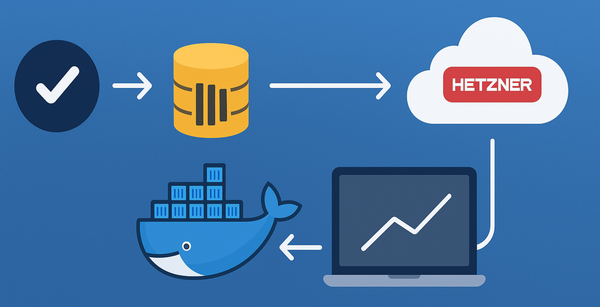Stimulus JS with ASP.NET Core
Stimulus JS is a JavaScript front end framework library thats popular in th Rails community. Whats different about Stimulus compared to other libraries such as React and Vue JS is its simplicity in the features it comes with. If all you require is sprinkle of javascript interactivity on your website, Stimulus is all you need. Which makes it perfect for use with your mainly full stack web application. Another alternative that I’ve briefly tried is alpinejs. But, I was turned away by cross contaminating my HTML code with JavaScript.I am sure there is a way to avoid this. But, I did not get that far.
I will walk through the method of using import map as described in the Using Without a Build System installation documentation. Let’s open up the _Layout.cshtml file in your ASP.NET project.
<head>
...
<script type="importmap">
{
"imports": {
"@@hotwired/stimulus": "https://unpkg.com/@@hotwired/stimulus/dist/stimulus.js"
}
}
</script>
</head>Notice the @@ infront of hotwired/stimulus, thats because @ is a keyword in cshtml files, and I am escaping it with the extra @.
Now, we need a JavaScript file that registers Stimulus controllers.
// wwwroot/js/application.js
import {Application} from "@hotwired/stimulus"
window.Stimulus = Application.start()Reference the application.js script in _Layout.cshtml file.
<script type="module" src="~/js/application.js" asp-append-version="true"></script>
</body>To keep the sample short, let’s create a controller that shows a confirmation dialog when user clicks a delete button.
Create a confirmation_controller.js file at wwwroot/js/controllers/ folder.
import {Controller} from "@hotwired/stimulus"
export default class extends Controller {
static values = {message: String, default: "Are you sure?"}
prompt(event) {
const confirmation = confirm(this.messageValue);
if (!confirmation) {
event.preventDefault()
}
}
}Make use of import maps to reference the controller.
{
"imports": {
"@@hotwired/stimulus": "https://unpkg.com/@@hotwired/stimulus/dist/stimulus.js",
"controllers/confirmation_controller": "/js/controllers/confirmation_controller.js"
}
}Register the controller with Stimulus by modifying application.js file as:
import {Application} from "@hotwired/stimulus"
import ConfirmationController from "controllers/confirmation_controller"
window.Stimulus = Application.start()
Stimulus.register("confirmation", ConfirmationController)We register an instance of the confirmation controller via data-controller attribute on an HTML element. And we can execute the confirmation_controller’s prompt method by marking it as a data-action attribute on an anchor tag. By default, on an anchor tag, the default action is a click event. So, any time someone clicks on the link, confirmation controller’s prompt method will be invoked.
@* /Views/Users/Details.cshtml *@
<a asp-controller="Users" asp-action="Delete" asp-route-id="@user.Id"
data-controller="confirmation" data-action="confirmation#prompt"
data-confirmation-message-value="@Localizer["Delete this user?"]">
@Localizer["Delete"]
</a>Stimulus JS is very powerful given how simple it is with a low learning curve. I haven’t seen this framework used heavily on ASP.NET stack and there is no reason why it should not be considered.


